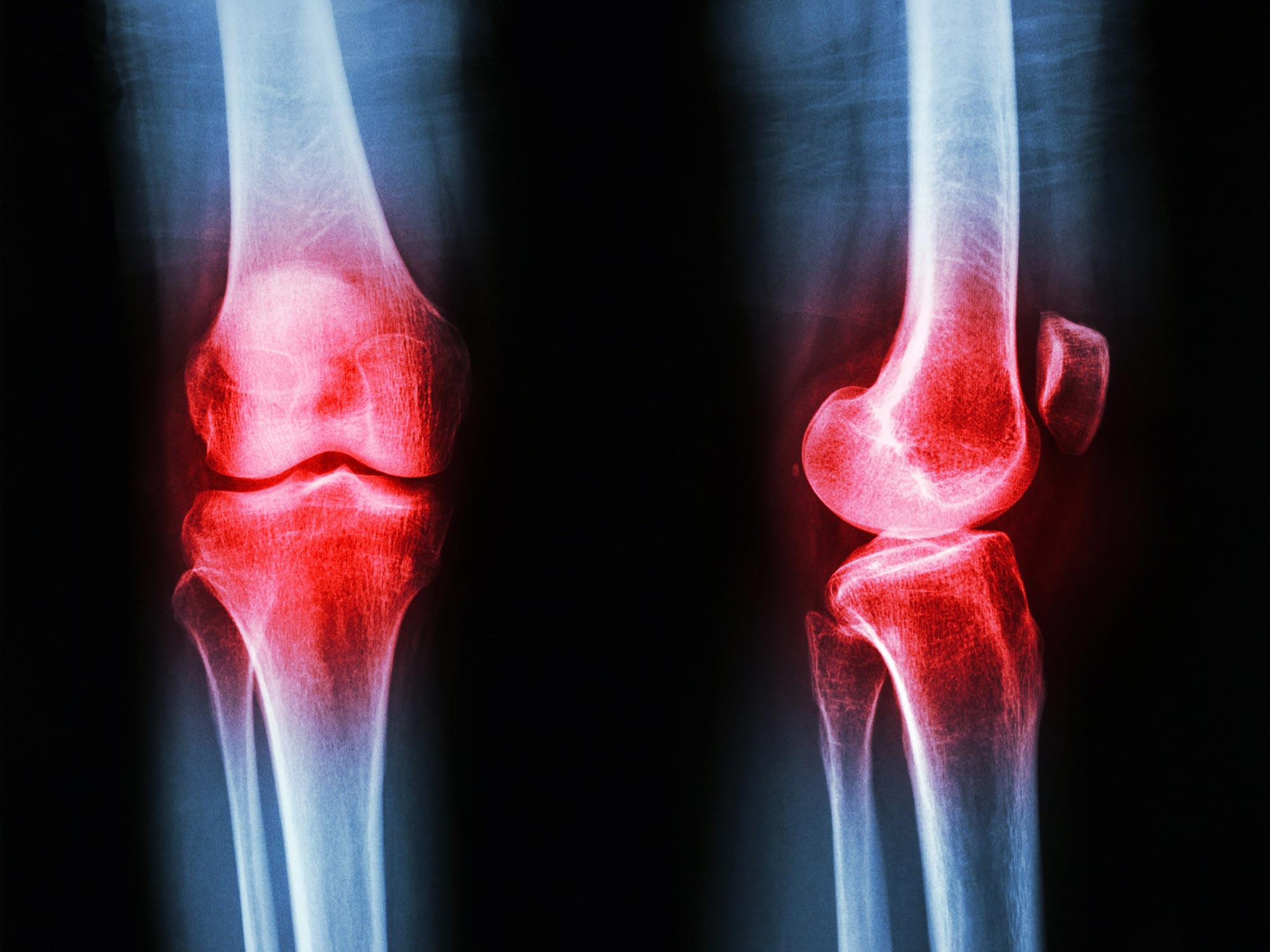
Revolutionizing Osteoarthritis Treatment: Gait Retraining Offers a Simple, Non-Invasive Solution
A Breakthrough in Osteoarthritis Pain Management
Osteoarthritis, a debilitating condition affecting nearly one in four adults over 40, has long presented a significant challenge to healthcare systems worldwide. The chronic pain, reduced mobility, and substantial economic burden associated with this degenerative joint disease have spurred extensive research into effective treatment strategies. While medications and surgical interventions remain prevalent, they often come with limitations, including significant side effects, high costs, and the invasiveness of procedures. However, a groundbreaking study led by Dr. [Professor's Name], a professor of [Department] at the University of Utah, has unveiled a potentially revolutionary approach: personalized gait retraining. This simple, non-invasive technique offers a promising new path towards osteoarthritis pain management and could significantly alter the treatment landscape for millions suffering from this widespread condition.
The Science Behind Gait Retraining for Osteoarthritis
Dr. [Professor's Name]'s research, initially published on August 24th, 2025, in SciTechDaily, demonstrated the remarkable effectiveness of carefully designed gait retraining programs in reducing osteoarthritis pain and slowing cartilage degradation. The study, funded by [Funding Organization(s)], involved [Number] participants with varying degrees of osteoarthritis severity. The research team, comprised of [List of researchers and their affiliations], meticulously analyzed participants' gait patterns, identifying subtle deviations that contribute to increased joint stress and pain. Through individualized instruction and feedback, participants learned to modify their walking style, reducing the load on affected joints. This tailored approach, unlike generic physical therapy, addresses the unique biomechanical characteristics of each individual, maximizing effectiveness. The results indicated that the personalized gait retraining yielded comparable pain reduction to medication, with the added benefits of being non-invasive and lacking the adverse side effects often associated with pharmaceutical interventions. Furthermore, the study suggests that this method may also help slow the progression of cartilage damage, a crucial factor in delaying the need for more invasive treatments.
A Deeper Dive into Methodology
The study utilized [Describe the specific methods used, e.g., motion capture technology, force plate analysis, pain scales, MRI scans to assess cartilage health]. This rigorous approach allowed for precise quantification of gait parameters and their correlation with pain levels and cartilage health. [Detail specific methodologies, statistical analyses, and any control groups used]. The success of the study hinges on its personalized approach, acknowledging the vast individual differences in gait mechanics and osteoarthritis presentation. This precision is what sets it apart from generalized physical therapy programs often seen as ineffective in providing substantial relief.
Addressing the Limitations and Future Directions
While the findings are undeniably promising, it's crucial to acknowledge the limitations of the initial study. The relatively small sample size and the focus on a specific demographic necessitate further research to validate the effectiveness of gait retraining across larger and more diverse populations. Long-term studies are crucial to fully understand the durability of the effects and the long-term impact on cartilage health. Further research will also investigate the optimal integration of gait retraining with other existing treatments, such as medication or physical therapy, to achieve synergistic effects.
The Role of Technology and AI
The potential for technological advancements to enhance the effectiveness and accessibility of gait retraining is significant. Wearable sensors, for instance, could provide real-time feedback on gait parameters, allowing for continuous monitoring and adjustments to the personalized program. Artificial intelligence (AI) and machine learning algorithms could analyze vast datasets of gait patterns, improving the accuracy and personalization of treatment plans. These technologies promise to refine the gait retraining technique, making it even more effective and accessible to a wider range of patients. The development of user-friendly mobile applications that integrate gait analysis and provide personalized exercise plans also hold promise in making this treatment more widely available.
The Promise of Gait Retraining: A Paradigm Shift in Osteoarthritis Care
The discovery of the efficacy of personalized gait retraining represents a potential paradigm shift in osteoarthritis treatment. Its simplicity, non-invasive nature, and potential for long-term benefits make it a highly attractive alternative to existing methods. The potential cost-effectiveness of this approach, compared to the long-term costs of medication and surgery, also holds significant implications for healthcare systems. Widespread adoption would require large-scale clinical trials, integration into healthcare systems, and the training of healthcare professionals in the implementation of personalized gait retraining programs. This research opens up exciting new avenues for osteoarthritis pain management, offering hope for a future where millions can experience significant relief from pain and improved quality of life without resorting to medication or surgery.
Keywords:
osteoarthritis treatment, gait retraining for osteoarthritis, non-surgical osteoarthritis treatment, natural osteoarthritis pain relief, personalized gait therapy, osteoarthritis pain management without medication, walking technique for arthritis pain relief, AI-powered gait analysis, wearable sensors for gait retraining, cost-effective osteoarthritis treatment
